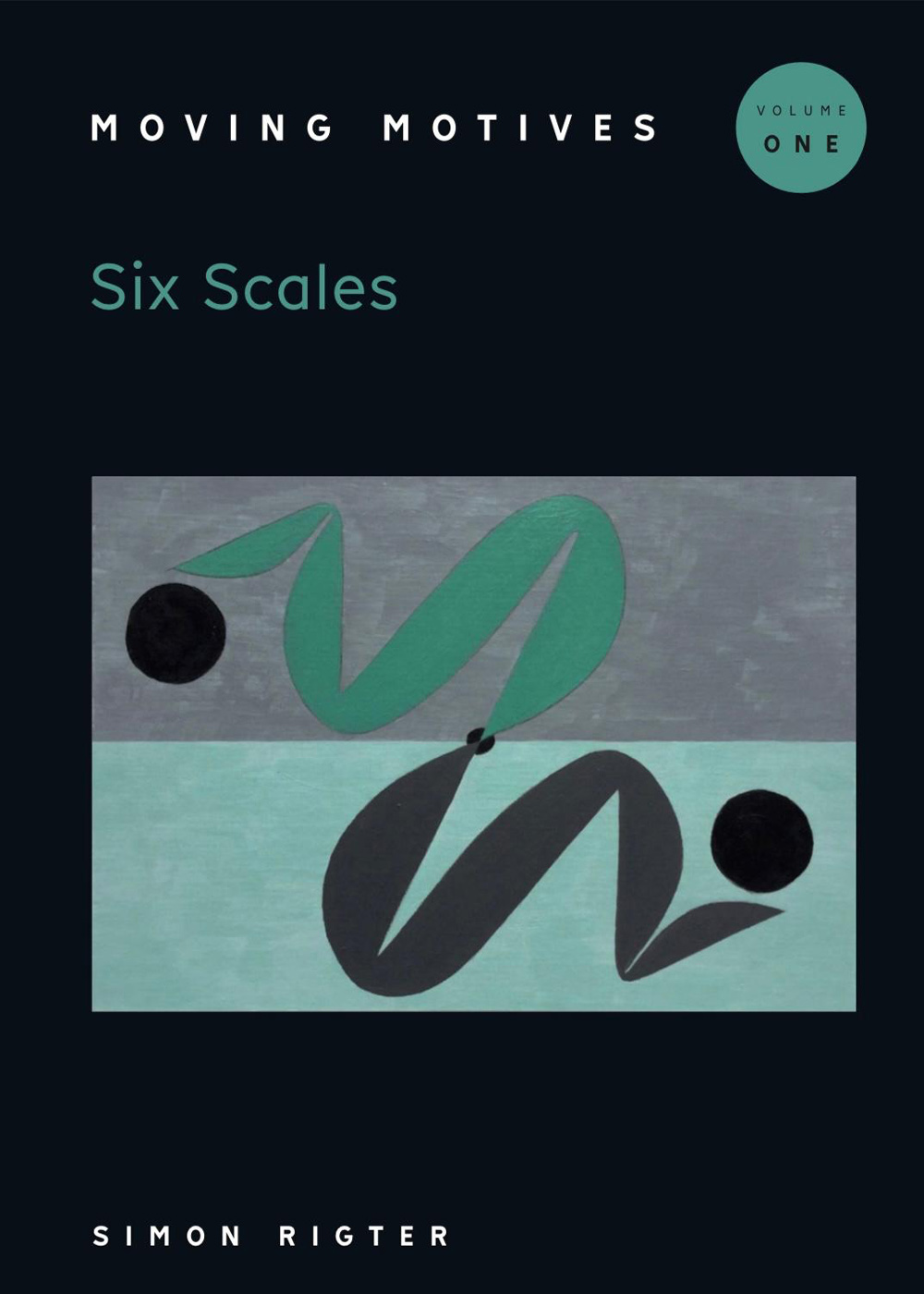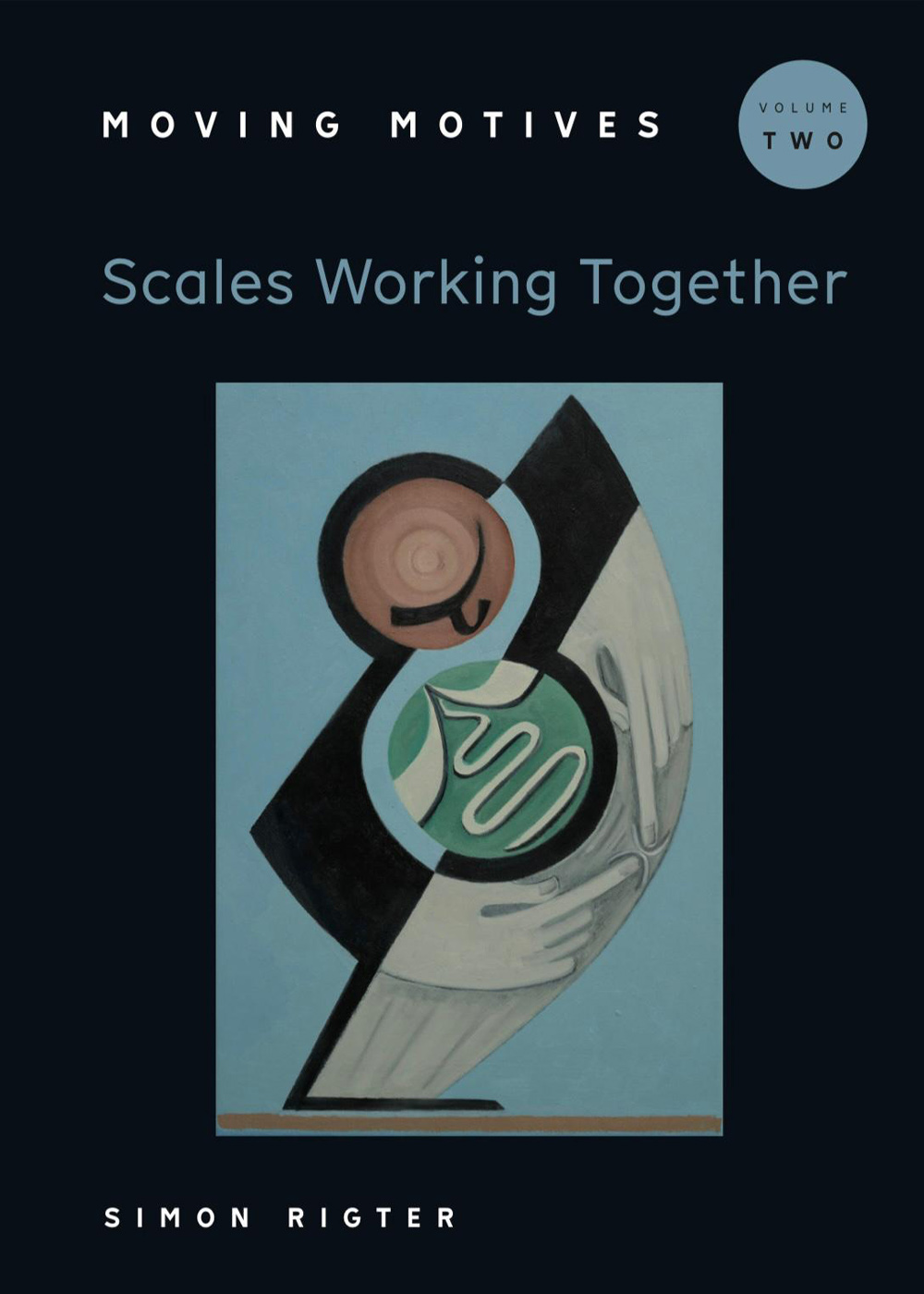Moving Motives
During my first conservatory lesson, my teacher told me to learn the major and minor scales in thirds, triads and seventh chords in all twelve keys. He taught me that anything that goes up can come back down, anything in major can be played in minor, and that any motive can be moved through the degrees of a scale.
That was in September 1989, and I'm still practising variations of things I learnt in that lesson as I write this in May 2024.
Moving Motives is not about improvisation, but the exercises serve as preparatory material to that end, helping with the familiarisation of melodic and harmonic material found in tonal music. The exercises in Moving Motives create an understanding of concepts such as major & minor, moll-dur & dur-moll, lower leading-tones & upper diatonics, diatonic & chromatic passing tones, extensions & important seventh chords, secondary dominants & sub-dominants, and open & mixed positions.
While the exercises presented in Moving Motives will improve dexterity, the primary objectives include ear training, development of insight and understanding, flexibility in all keys, and achieving a feel for how different scales work together. Any technical improvements are merely a welcome byproduct.
Simon is available for private lessons to dive deeper into the subjects described in the book.

